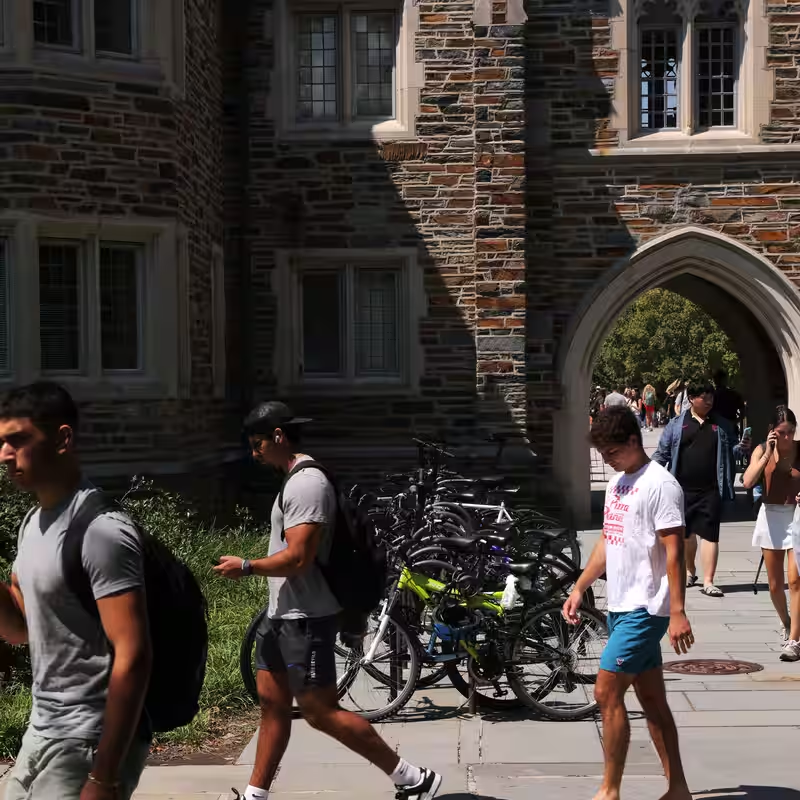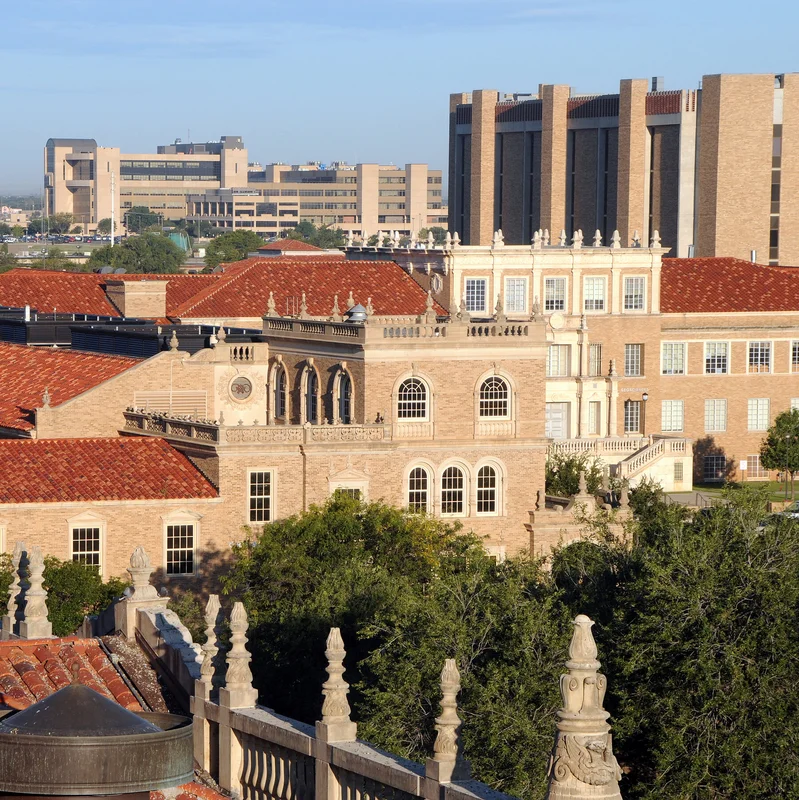Student loan forgiveness is officially restarting for a specific group of long-term federal borrowers—and relief could hit accounts within weeks.
After a months-long pause that left many in limbo, the U.S. Department of Education has resumed discharging remaining balances for borrowers who’ve stuck with the Income-Based Repayment (IBR) plan for at least 20 years. For thousands of Americans, this means their decades-long debt burden may finally vanish.
What Is the Student Loan Forgiveness Program Restarting Now?
The revived forgiveness effort targets borrowers enrolled in the Income-Based Repayment (IBR) plan—one of several income-driven repayment (IDR) options offered by the federal government. Under IBR, monthly payments are capped based on income and family size. After 20 to 25 years of qualifying payments, any remaining loan balance is forgiven.
“This is really significant because for months they have not canceled any loans under any income-driven repayment plan,” said Winston Berkman-Breen, legal director at the Student Borrower Protection Center .
Who Qualifies—and What Happens Next?
If you’ve made at least 240 qualifying monthly payments (20 years) under IBR, you’re likely eligible. The best part? You don’t need to apply. The Department of Education will automatically process your discharge.
Borrowers began receiving email notices in early October. According to one such notice, servicers will be officially notified after October 21, 2025, and most balances will be cleared within two weeks—though some cases may take longer due to processing backlogs.
There’s also an opt-out window: if you don’t want your loan forgiven (for rare reasons like tax complications), you must act before October 21. But experts say almost no one will choose that path.
Why the Timing Matters: A Tax Break Is About to Expire
Normally, forgiven student debt is treated as taxable income by the IRS—which could mean a surprise tax bill. But thanks to a temporary federal provision, any student loan forgiveness from 2021 through 2025 is tax-free at the federal level.
That means borrowers whose loans are discharged before December 31, 2025, won’t owe federal taxes on the canceled amount. However, a handful of states—including Minnesota, Mississippi, and North Carolina—may still tax forgiven debt, so borrowers should check local rules .
Table: Key Facts About the Restarted Student Loan Forgiveness
| Detail | Information |
|---|---|
| Program | Income-Based Repayment (IBR) |
| Eligibility Requirement | 20 years (240 payments) of qualifying payments |
| Action Required? | No—automatic discharge |
| Opt-Out Deadline | October 21, 2025 |
| Federal Tax Treatment | Tax-free through 2025 |
| Expected Discharge Timeline | Within 2 weeks after Oct. 21 (for most) |
What This Means for the Broader Student Debt Crisis
While this relief affects a relatively small group—those who’ve been repaying since the early 2000s—it’s a critical signal that the system can work when properly administered. Advocates hope it paves the way for smoother processing of other IDR forgiveness claims, including those under newer plans like SAVE.
For now, eligible borrowers are advised to monitor their email and loan servicer portals for official notices. And if your balance disappears? Celebrate—you’ve earned it.




